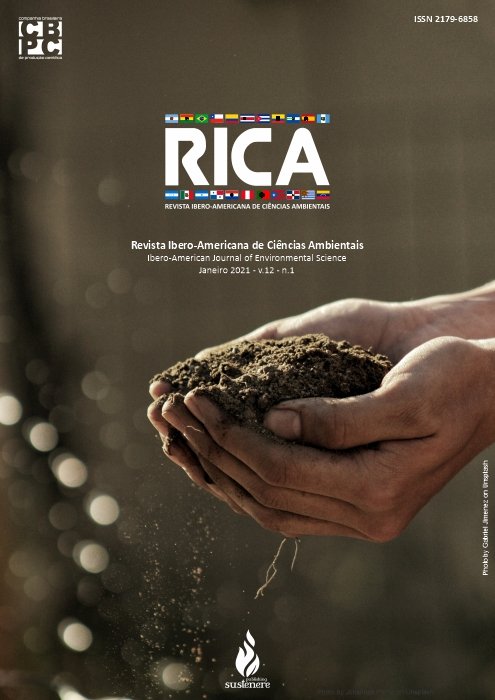Industrial sewage sludge as fertilizer: production and feasibility for the bean culture
DOI:
https://doi.org/10.6008/CBPC2179-6858.2021.001.0005Keywords:
Agricultural production, Effluent, Seedlings emergence, Organic matterAbstract
Due to the high industrial growth, it is necessary to study the role of the industry in relation to the generation of solid waste, effluents and the emission of atmospheric waste. Thus, the present work had as general aim to implant the production process of an organic fertilizer from the ETE sludge in an industry of Paraipaba, Ceará. As specific aims: to demonstrate the stages of production of the fertilizer from the ETE sludge from the Paraipaba Agroindustrial industry, evaluate the fertilizer production process, and analyze the influence of fertilizer on the emergence of seedlings of Vigna unguiculata (l.) Walp. (string beans). Two hundred cowpea seeds were planted, distributed between two treatments: soil with fertilization and soil without fertilization. The treatments were submitted to the same conditions of temperature and irrigation, being monitored daily for seven days. The fertilizer formation process was divided into four stages: filtration of the coarse effluent, treatment of the effluent, obtaining the sludge and obtaining the fertilizer. At the end of the drying step, a sieve was removed to remove residues from the previous treatments and a good quality dry fertilizer was obtained, ready to be used in agriculture. During the seven days of treatment, no bean seedling emerged from the soil treatment without fertilization was obtained. As for the treatment with fertilization, 56% of the seeds emerged. The doses of fertilizer from the sewage sludge increased the emergence of cord bean seedlings, demonstrating that it serves as a substrate for application in agriculture.
Downloads
Downloads
Published
Issue
Section
License
The CBPC - Companhia Brasileira de Produção Científica (Brazil CNPJ: 11.221.422/0001-03) the material rights of the published works. The rights relate to the publication of the work anywhere in the world, including rights to renewals, expansions and dissemination of the contribution, as well as other subsidiary rights. All electronically published works may subsequently be published in printed collections under the coordination of this company and / or its partners. The authors preserve the copyright, but are not allowed to publish the contribution in another medium, printed or digital, in Portuguese or in translation.









